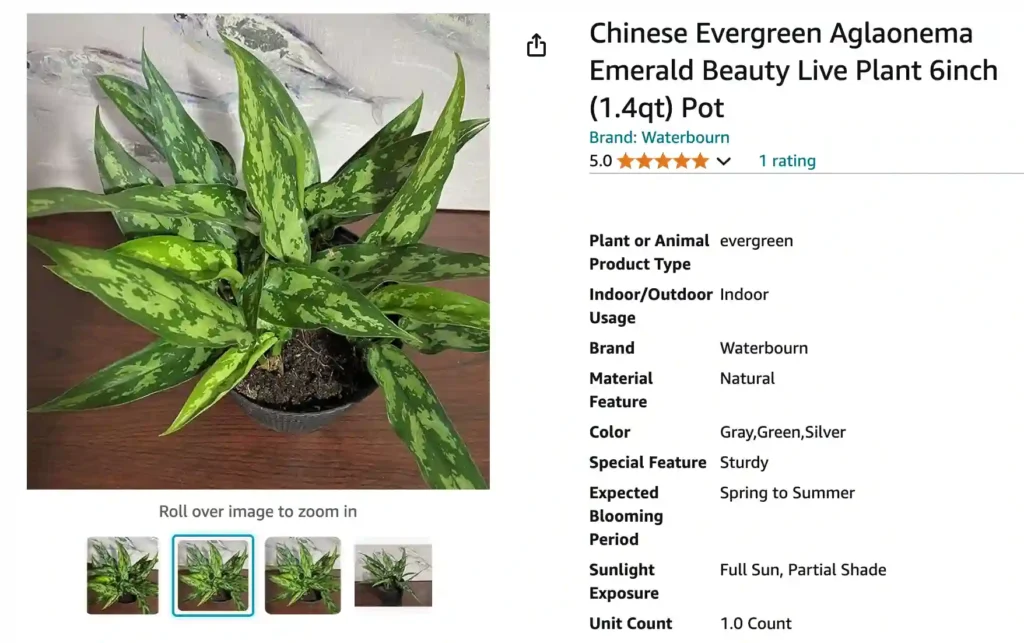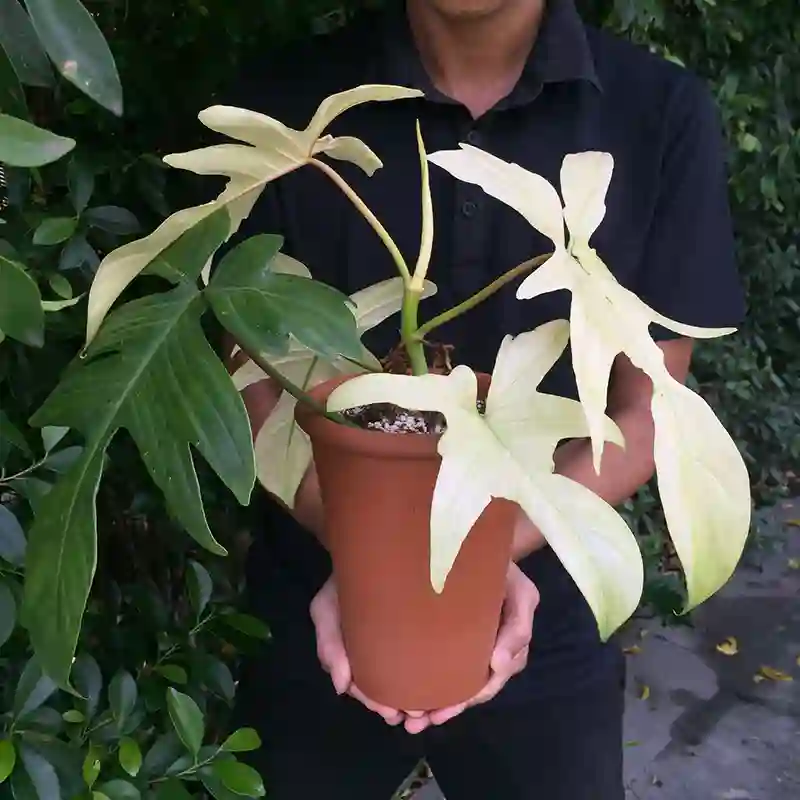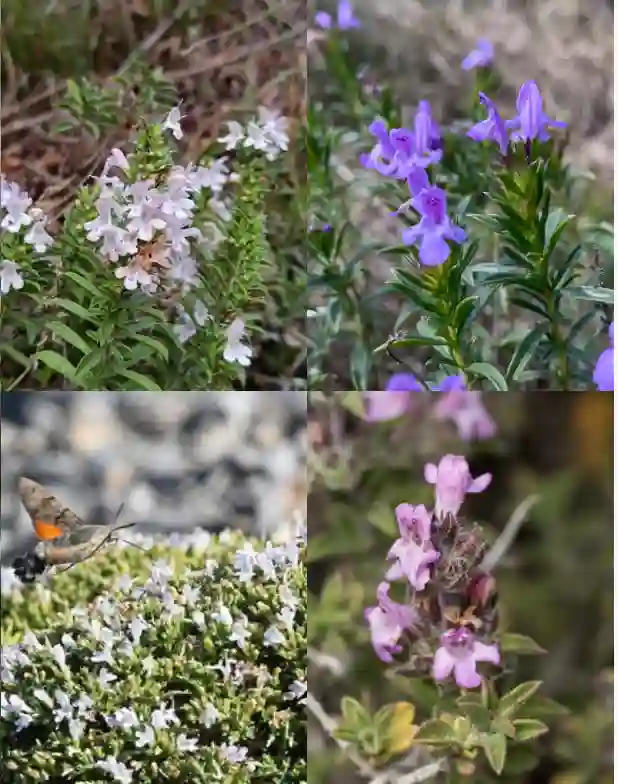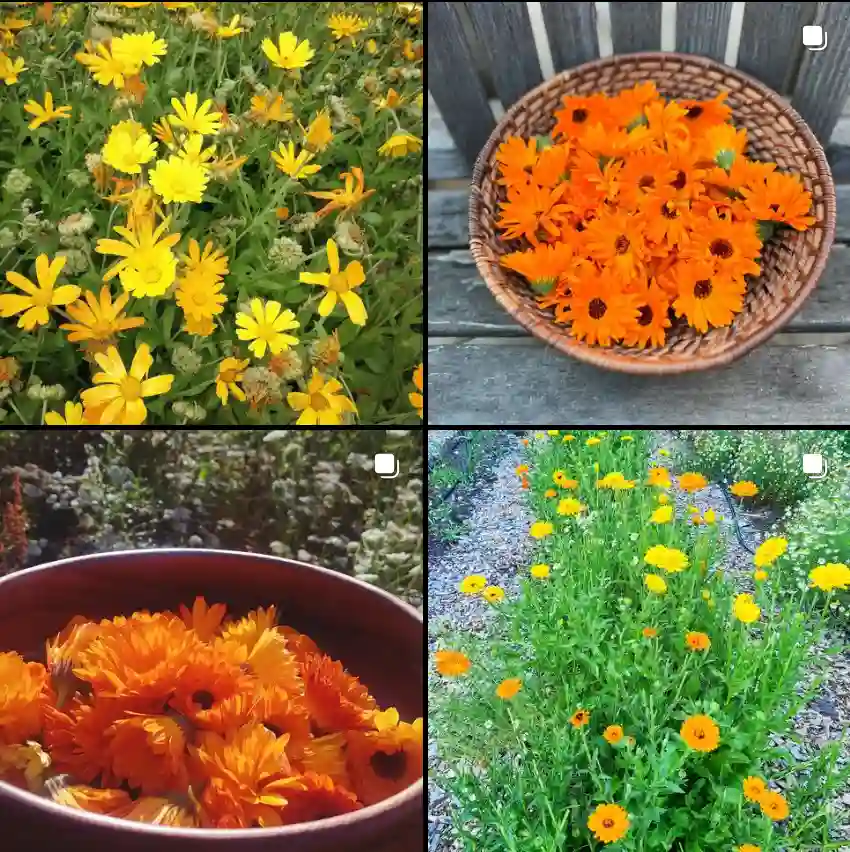
What Is Abrus Precatorius?
Abrus Precatorius, commonly known as the Rosary Pea or Jequirity Bean, is a tropical plant that belongs to the Fabaceae family. It’s renowned for its striking seeds, which are typically bright red with a black spot, resembling beads. This plant is native to tropical and subtropical regions across the world, including parts of Africa, India, and Southeast Asia. The seeds of Abrus Precatorius have a long history of use in various cultures, often as decorative elements in jewelry.
17 Species in Genus Abrus
Is Abrus Precatorius Poisonous?
Yes, Abrus Precatorius is highly poisonous. The seeds contain a potent toxin called Abrin, which is similar in its effects to ricin. Even a small amount of Abrin can be fatal if ingested. This makes the plant a significant health hazard, especially if seeds are consumed or come into contact with broken skin. It’s crucial to handle the seeds with care and keep them away from children and pets.
What Kind of Poison Does Abrus Precatorius Have?
The primary poison in Abrus Precatorius is Abrin. Abrin is a type of ribosome-inactivating protein that inhibits protein synthesis within cells, leading to cell death. Symptoms of poisoning include severe gastrointestinal distress, nausea, vomiting, and in extreme cases, organ failure and death. It’s considered one of the most toxic naturally occurring substances.
How Does Abrus Precatorius Reproduce?
Abrus Precatorius reproduces through its seeds. The plant produces pods that contain several seeds. Once the pods mature and dry out, they burst open, dispersing the seeds. These seeds can then germinate in suitable soil conditions, leading to new plants. The plant is also capable of spreading through seed dispersal by animals, wind, and water.
How to Grow Abrus Precatorius?
Growing Abrus Precatorius requires a tropical or subtropical climate, as it thrives in warm temperatures. Here’s a basic guide:
- Soil: The plant prefers well-drained, sandy soil. It can tolerate a range of soil pH but thrives in slightly acidic to neutral conditions.
- Light: It needs full sun to partial shade.
- Watering: Regular watering is necessary, especially during dry periods. However, overwatering can lead to root rot.
- Temperature: Ideal temperatures range from 70°F to 90°F (21°C to 32°C). It cannot tolerate frost.
How Does pH Affect Abrus Precatorius?
The pH of the soil affects Abrus Precatorius’ growth. While it can tolerate a range of pH levels, it grows best in slightly acidic to neutral soils (pH 6.0 to 7.0). Extremely acidic or alkaline soils can lead to nutrient deficiencies and poor plant health.
How to Test If It’s Huayruro Seed or Abrus Precatorius?
Huayruro seeds and Abrus Precatorius seeds are often confused due to their similar appearance. To differentiate:
- Appearance: Huayruro seeds are usually smaller and have a more uniform color, while Abrus Precatorius seeds are larger and more irregularly colored.
- Testing: If you’re unsure, you can have a sample tested at a botanical lab. Alternatively, consult with a local horticulturist or plant expert.
Is Abrus Precatorius Native to Florida?
Abrus Precatorius is not native to Florida. It is originally from tropical regions of Africa and Asia. However, it has become invasive in some parts of Florida, spreading through gardens and natural areas due to its hardy nature.
What Region Can You Find Abrus Precatorius?
You can find Abrus Precatorius in tropical and subtropical regions worldwide, including parts of Africa, India, Southeast Asia, and the Pacific Islands. It thrives in warm climates and is often grown as an ornamental plant.
What Do Occultists Use Abrus Precatorius Seed For?
In occult practices, Abrus Precatorius seeds are sometimes used for their symbolic properties or in rituals due to their striking appearance. However, because of their toxicity, they are handled with extreme caution. They are believed to be used in various spells and amulets, but it is essential to be aware of the risks involved.
Abrus Precatorius vs Ormos
When comparing Abrus Precatorius to Ormos (a genus often confused with Abrus), it’s essential to note:
- Appearance: Abrus Precatorius has distinctive red seeds with a black spot, while Ormos species can vary in appearance.
- Toxicity: Abrus Precatorius is highly toxic, whereas Ormos species generally do not share this level of toxicity.
How to Care for Abrus Precatorius?
Care for Abrus Precatorius involves:
- Regular watering but avoid waterlogging.
- Providing full sunlight or partial shade.
- Monitoring for pests and diseases, especially in humid conditions.
Can You Grow Abrus Precatorius Indoors?
Growing Abrus Precatorius indoors is possible but challenging. It requires a lot of sunlight and a warm environment. Indoor conditions often lack the humidity and temperature consistency that this plant prefers, so it may not thrive as well as it would outdoors.
Common Problems with Abrus Precatorius
Common issues with Abrus Precatorius include:
- Pest Infestation: Look out for common pests like aphids and spider mites.
- Disease: Root rot from overwatering.
- Toxicity: Always handle with care to avoid poisoning.
Understanding these aspects of Abrus Precatorius will help in appreciating this fascinating plant while also recognizing the precautions needed to handle it safely.
If i die, water my plants!



